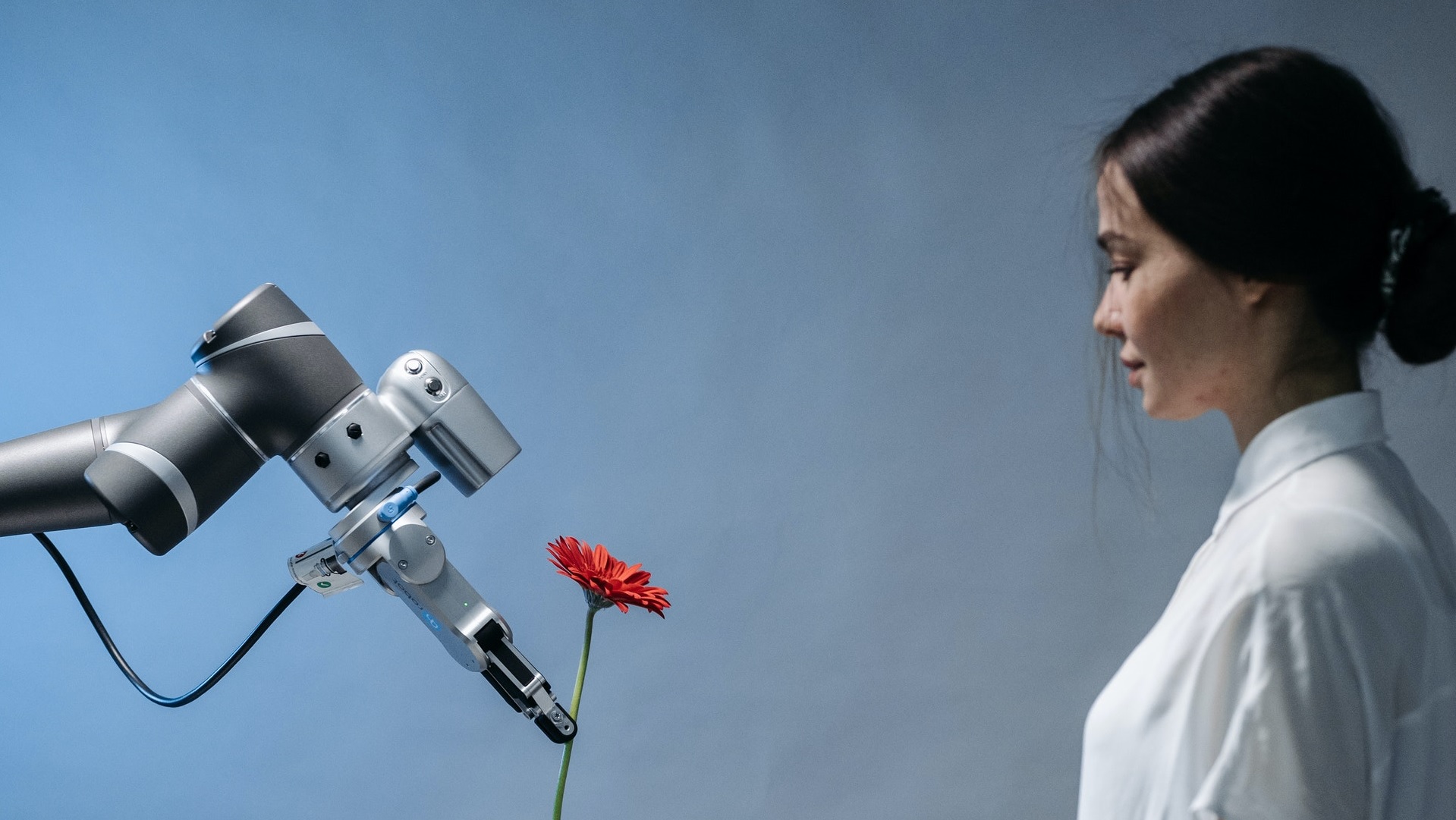Artificial Intelligence (AI) has the potential to revolutionize the design industry, making designers more efficient and giving them new capabilities. However, AI is still mostly unknown to many designers, and figuring out exactly how it will work in the design world is very much open for discussion.
AI is a buzzword that is often used in many different industries, including the design industry. Designers and developers are talking about the potential impact that AI, machine learning, and deep learning may have on design jobs in the future. Additionally, they discuss how virtual, augmented, and mixed realities may also change the landscape of design in the future.
The nature of the relationship between product and customer will change with AI. We are already witnessing interactions between customers and products that are mediated by AIs. For example, (news-)feeds of social media are AI mediated interactions between content providers and users. This (algorithmic) approach has been widely critized due it's impact on society. However, this is just the starting point of a deeper discussion about the potential benefits and limitations of artificial intelligence. Here, the role of the designers becomes one of providing the necessary context and empathy to enable innovation with AI.
Augmented Intelligence for Designers
AI has a lot to offer to the design industry, but designers should stop thinking of AI as "Artificial Intelligence" and instead consider it as a form of "Augmented intelligence". In this content, optimization and speed are the main benefits of AI.
With AI tools designers can create designs more quickly due to its increased efficiency and speed. The ability of AIs to analyze large amounts of data quickly and make design adjustments is one of the greatest potentials. Based on data, a designer can cherry-pick and approve changes. For example, this allows to build and test multiple prototypes with users.
An an example is for this approach is Nutella. Here, an AI algorithm has created millions of unique packaging designs by taking. The AI algorithm drew from a variety of patterns and colors to create seven millions different versions of Nutella’s graphic identity. These unique designs were then printed on Italian jars. In a matter of a month, all seven million jars had been sold.
But designers don't need to worry. Artificial intelligence and robots won't replace us, at least not in the near future. While some may see AI as a threat to jobs, the truth is that it can actually help designers become more efficient and creative. Here's a look at some of the ways AI is helping designers:
1. Automating Repetitive Tasks
One of the most helpful ways AI is assisting designers is by automating repetitive tasks. For example, imagine you're working on a website design and you need to create multiple versions of the same button. Rather than spending time creating each button manually, you can use AI to automatically generate them. This not only saves time, but it also ensures that all of the buttons are identical.
2. Enhancing Creativity
In addition to automating repetitive tasks, AI can also help designers be more creative. For example, there are now AI-powered tools that can help with color selection and pattern creation. By taking away some of the tedious work, AI allows designers to focus on the creative aspects of their projects.
3. Generating New Ideas
If you're ever feeling stuck on a project, AI can help generate new ideas. There are now AI tools that can analyze a design and come up with suggestions for improvements. This is especially helpful for designers who are working on complex projects with multiple stakeholders. By using AI to generate ideas, you can be sure that you're considering all of the options.
4. Improving Collaboration
AI is also helping to improve collaboration among designers. For example, there are now AI-powered tools that can help with real-time feedback. This means that if you're working on a design with someone else, you can quickly get their feedback and make changes accordingly. This is a huge time-saver and it helps to ensure that everyone is on the same page.
5. Helping With Presentations
Another area where AI is helping designers is with presentations. There are now AI-powered tools that can help you create professional-looking presentations. This is especially helpful if you're presenting to a client or potential investor. By using AI to create your presentation, you can be sure that it's polished and impressive.
The takeaway
Overall, there are many ways that AI is going to change the design industry. From automating repetitive tasks to enhancing creativity, AI is proving to be a valuable tool for designers. As AI continues to evolve, it's likely that even more helpful applications will be developed. So, if you're not already using AI in your design work, now is the time to start.
Sources:
INTERACTION DESIGN
Design your products
Our technical know-how allows us to design products that not only thrive on technological sophistication, but also on the sensitivity for the people who use them.
